On June 4 at 12:56 a.m. Pacific Time, an unarmed Minuteman III intercontinental ballistic missile was successfully launched from Vandenberg Space Force Base, California.
The launch was conducted by a joint team of Air Force Global Strike Command Airmen and Space Force Guardians, according to a press release.
The purpose of this launch, say the U.S., was to validate the safety, security, reliability, and effectiveness of the United States’ nuclear deterrent. These routine tests are part of ongoing efforts to maintain strategic capabilities and are not prompted by current global events, say the U.S. military.
“Our Strikers and our nuclear mission are the bedrock of our nation’s defense and international security,” stated Gen. Thomas A. Bussiere, commander of Air Force Global Strike Command.
“As part of that mission, our ICBM force provides 24/7 strategic deterrence and stand ready to respond at a moment’s notice as the most responsive leg of the nuclear triad, and our test launches demonstrate and confirm our readiness to deliver a safe, secure, effective, and credible, global combat capability.”
The missile’s reentry vehicle travelled approximately 4,200 miles to the Ronald Reagan Ballistic Missile Defense Test Site on the U.S. Army Garrison-Kwajalein Atoll in the Republic of the Marshall Islands. Col. Juan R. Santiago, director of the test site, noted the facility’s role: “RTS brings a range of sensors with decades of experience in collecting and analyzing truth data to support range customers.”
The Minuteman III is set to be replaced by the LG-35A Sentinel, with initial capability expected in 2029 and full capability in the mid-2030s.


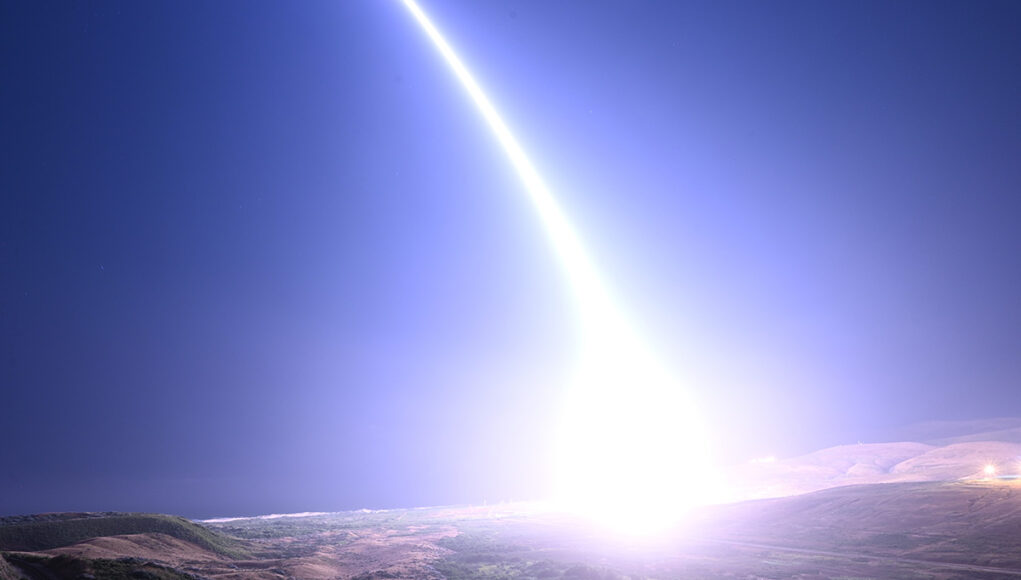
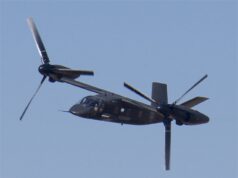
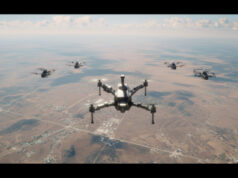
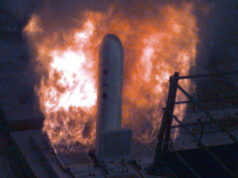

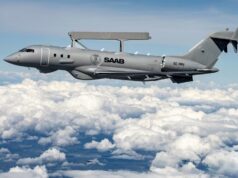




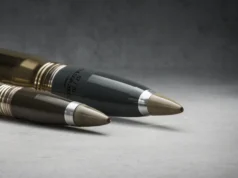

Lets hope they are never needed
If no one uses one in an act of aggression in the next 100 years it’ll be nothing short of miraculous
It has been eighty years since the last one.
It seems crazy that the purpose of these missiles in a nuclear war scenario is to simply sit on the ground and absorb Russian warheads by getting most of Wyoming and North Dakota glassed.
Surely the purpose of the missiles is to be capable of delivering it’s warhead(s) to their targets. It is a deterent. It has worked well, as such, for decades. MAD but true.
The reasoning is that the missiles are capable of doing that, but are potentially vulnerable to a surprise attack. The surprise attack in question would require a sizeable proportion of the entire Russian inventory in order to be effective, so in theory, getting a large chunk of the Midwest glassed is their strategic purpose. In reality, doing that would make little difference because the US SSBN force would still be available to glass Moscow and its surroundings, and both the US and the Russians (in theory) have several times as many deployable warheads as they would need to inflict unacceptable losses on each other however you play it. I suspect inter-service rivalry is more of a factor than is formally admitted.
Mad no longer applies Russian radar avoiding hypersonic Saramat 2 heavy icbms missiles are total game changers im afraid. WE HAVE NO DEFENSE AGAINST THEM. According to US Generals.
That’s a misrepresentation of US nuclear weapons policy. Official US policy, set forth in the NPR, is that the US will use nuclear weapons in the event of a nuclear attack but retains the option to use them to respond to non-nuclear threats to the US or its allies. And Russia isn’t the only nation with nuclear weapons that is a threat to the US.
It may be a misrepresentation of policy but it is not altogether a misrepresentation of strategy.
“so in theory, getting a large chunk of the Midwest glassed is their strategic purpose.”
I think this part is where the misunderstanding is. The main purpose first and foremost is a credible nuclear threat to any would be adversary. These things will fly if the US ever deems it necessary. Because they are a credible threat, an adversary has to commit many of their own nuclear warheads to eliminating these and that’s where the idea of the “nuclear sponge” developed. There are not there solely as a target. These are highly visible offensive weapons of unimaginable destructive power and it forces an enemy to account for them.
There is no surprise attack anymore. The US MDA can monitor space debris down to the size of a bolt or washer.
A simplified yet colorful explanation of one nuclear war option: retaliation after ride-out. Another equally plausible scenario: launch on warning. Remember, doctrines are subject to periodic review and change. 🤔😳
I believe the test is a warning for russia and china.